La fábrica del futuro ya está aquí:
Toma ventaja de los cien años de trayectoria que tiene MIT en colaboración con varias industrias para entrar al programa online Smart Manufacturing: Operaciones en la 4ª Revolución Industrial.
La fábrica del futuro ya está aquí:
Toma ventaja de los cien años de trayectoria que tiene MIT en colaboración con varias industrias para entrar al programa online Smart Manufacturing: Operaciones en la 4ª Revolución Industrial.
Amidst rapid technological advancements, the internet of things is transforming the way we live and work. In our nine-week Industrial Internet of Things: From Theory to Applications course, you’ll explore real-life case studies and the latest research in order to deepen your understanding of the digital tools that are enabling a new generation of sensors—including fundamental sensing, computing, and communication software technologies.
En medio de los rápidos avances tecnológicos, el Internet de las cosas está transformando la forma en la que vivimos y trabajamos. En nuestro programa online de nueve semanas, “Internet of Things Industrial: Teoría y Aplicaciones”, explorarás estudios de casos de la vida real, así como las últimas investigaciones, para profundizar en las herramientas digitales que permiten una nueva generación de sensores que incluyen las tecnologías fundamentales de detección, computación y softwares de comunicación.
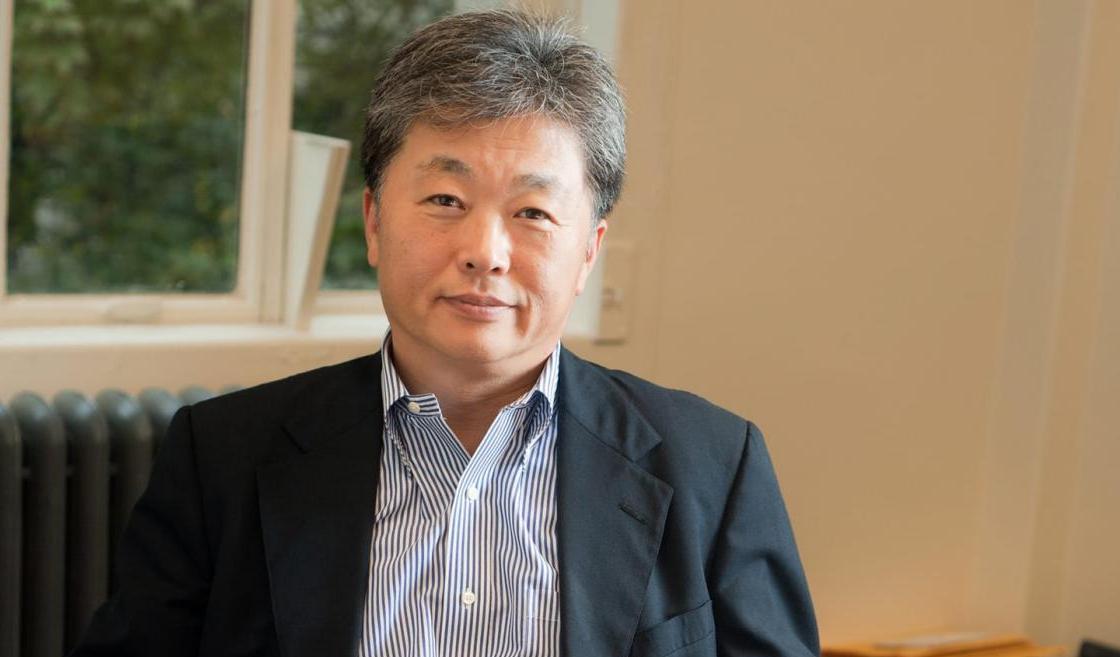
Sang-Gook Kim is a professor in the Department of Mechanical Engineering. He is currently the Micro/Nano Area Head of the Department of Mechanical Engineering at MIT. Prof. Kim’s research has been in the field of product realization throughout his career at both the industry and academia. His recent research includes piezoelectric MEMS energy harvesting, micro ultrasonic transducers and nano-engineered energy conversion for carbon neutrality and solar water splitting systems.
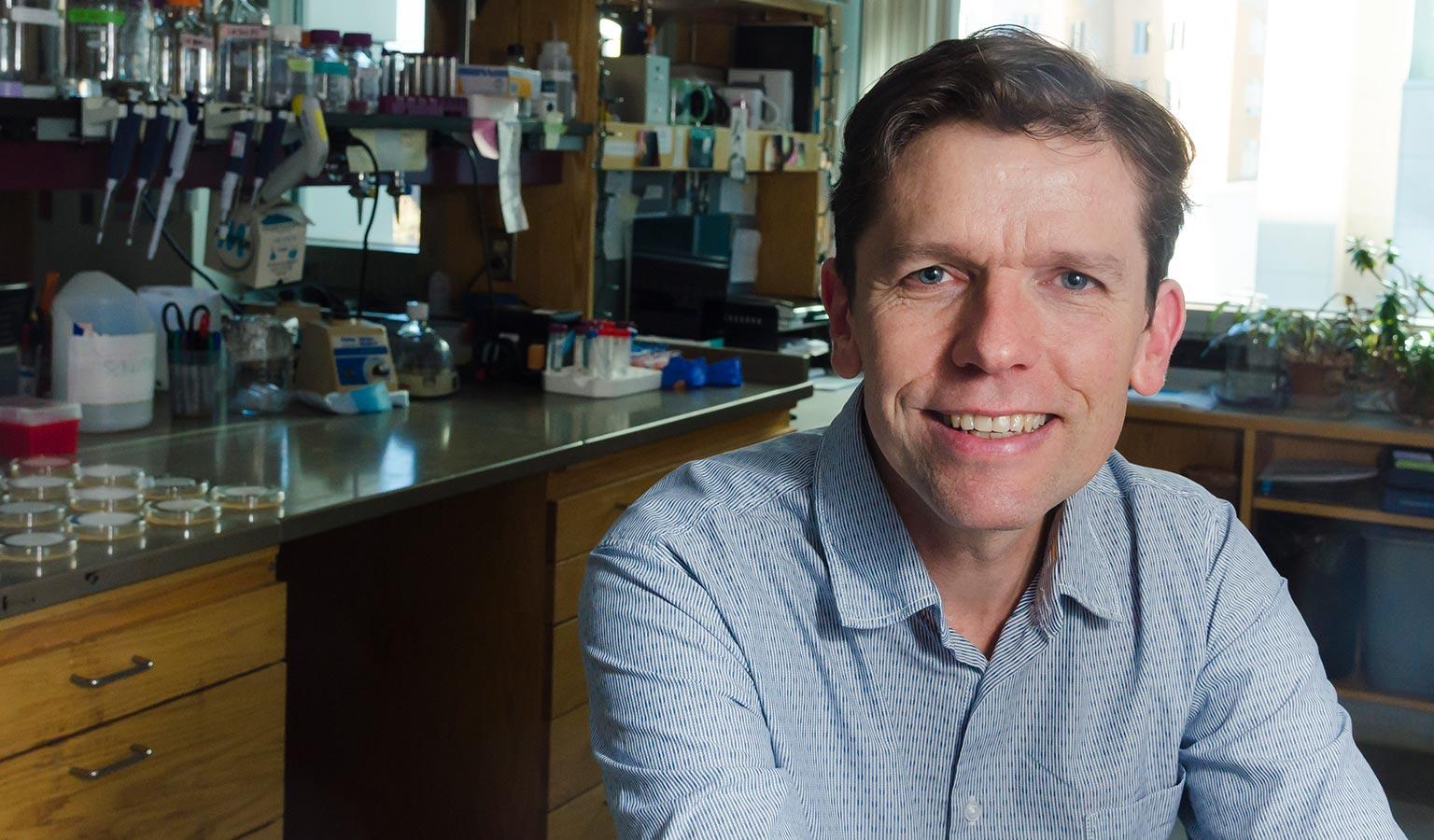
Thomas U. Schwartz is the Boris Magasanik Professor of Biology at MIT. His primary research investigates communication across biological membranes, using structural, biochemical, and genetic tools. Thomas leads the Schwartz Lab at MIT, which focuses on understanding how signals and molecules are transmitted between the nucleus and cytoplasm across the nuclear envelope, and working to decipher the mechanism and structure of the machinery that executes these cellular processes.
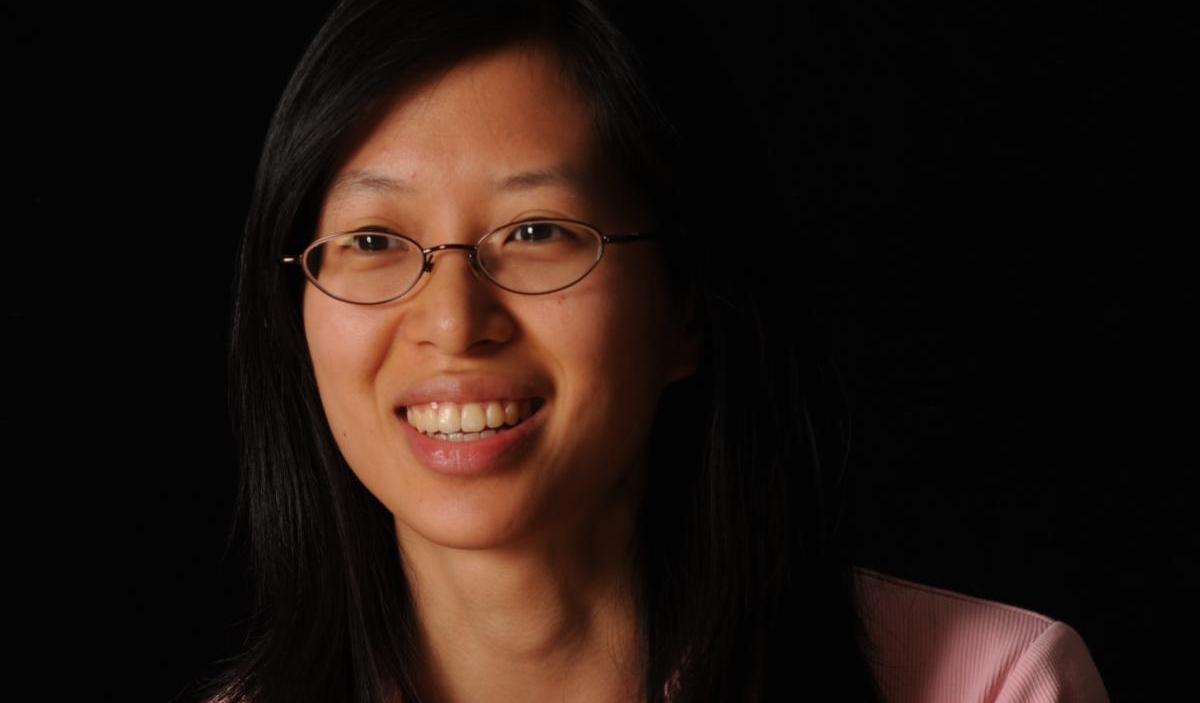
Annie Wang joined MIT's ONE Lab in 2011 as a joint postdoctoral researcher with Prof. Bulovic and Prof. Jeffrey Lang after completing her Ph.D. in electrical engineering at MIT. Her graduate work in Prof. Tayo Akinwande's group (EECS, MIT Microsystems Technology Laboratory) focused on developing organic and oxide semiconductor thin film transistors (TFTs) for large area flexible electronics, particularly a low-temperature-budget, scalable fabrication process for oxide TFT circuits.
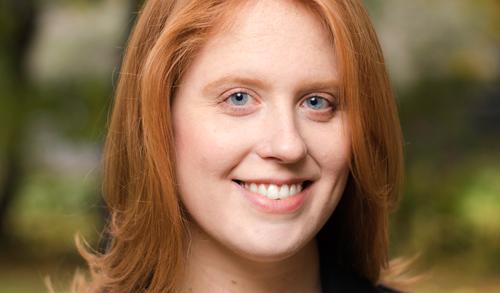
Dr. Megan Roberts is the Assistant Director of User Services of the Immersion Lab at MIT.nano, a central facility for multidimensional and interactive data visualization, including augmented and virtual reality. She has over 10 years of experience designing devices, sensors, and materials for interface with the human body. Her research interests include medical technology and manufacturing. She previously worked at Medtronic designing implantable pacemakers. Dr. Roberts received her PhD in Mechanical Engineering from MIT.
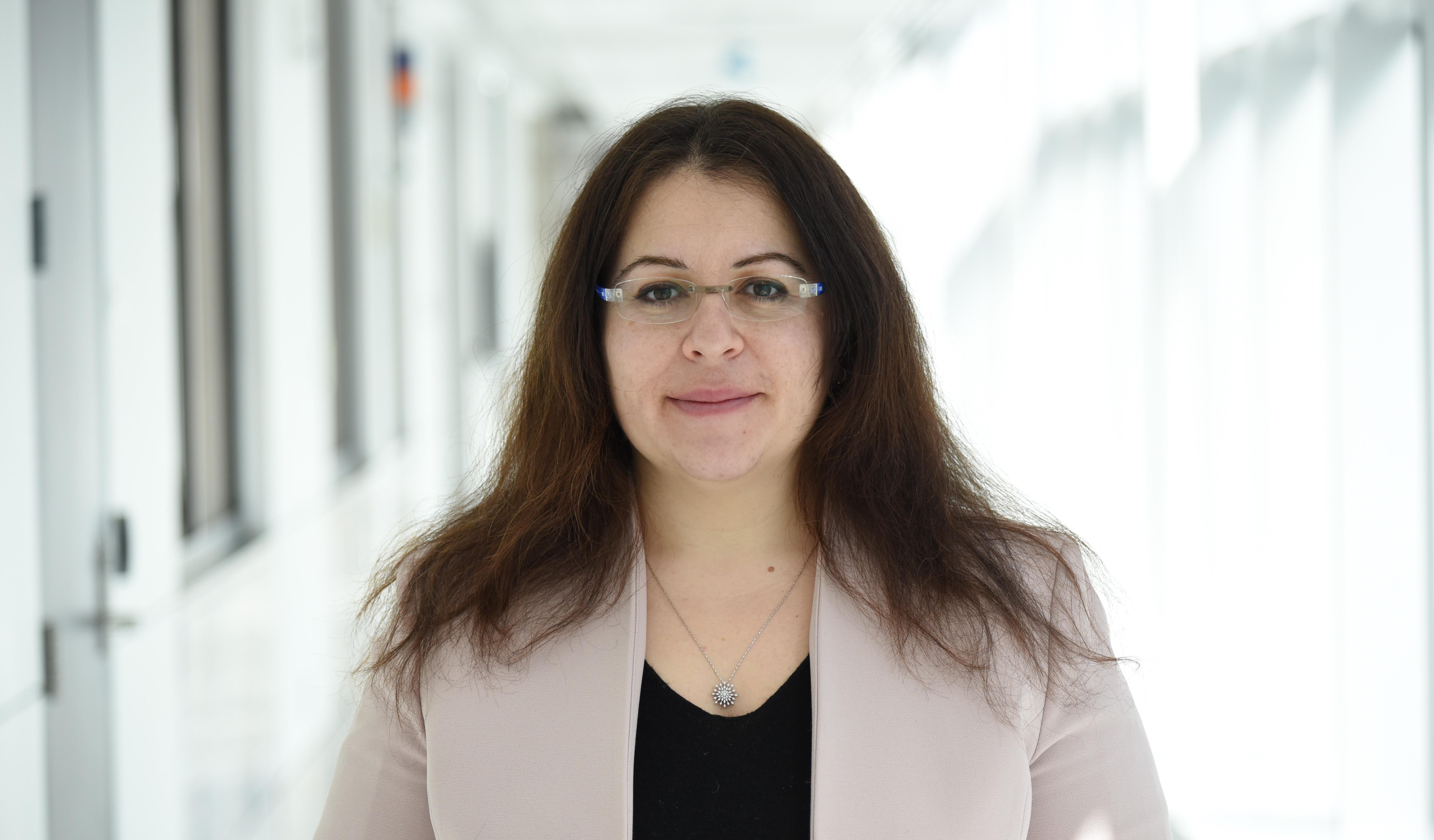
Anna Osherov joined MIT's ONE Lab in the fall of 2013 as a postdoctoral associate and lab manager of the Eni-MIT Solar Frontiers Shared Experimental Facilities. Anna's research focuses on the correlation between morphology, microstructure, and physical properties of materials.
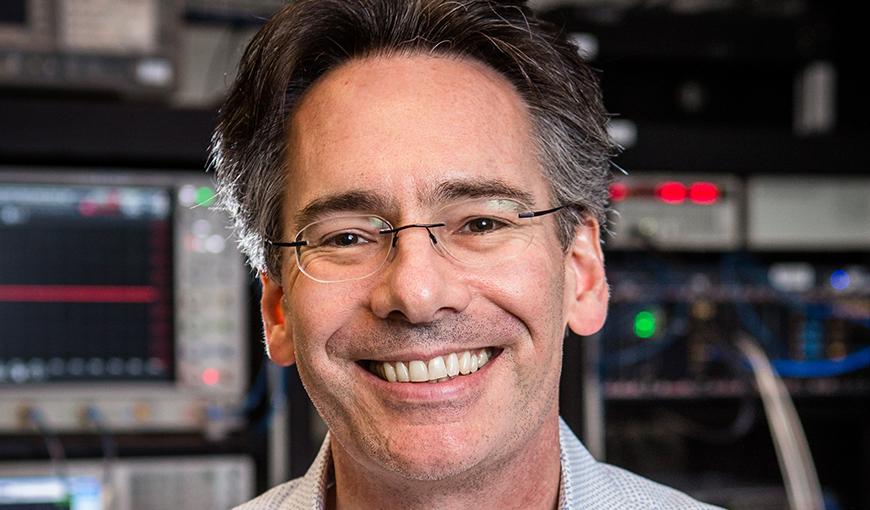
William D. Oliver is a Principal Investigator in the Engineering Quantum Systems Group (MIT campus) and the Quantum Information and Integrated Nanosystems Group (MIT Lincoln Laboratory). He provides programmatic and technical leadership targeting the development of quantum and classical high-performance computing technologies. Will’s research interests include the materials growth, fabrication, design, and measurement of superconducting qubits, as well as the development of cryogenic packaging and control electronics involving cryogenic CMOS and single-flux quantum digital logic.